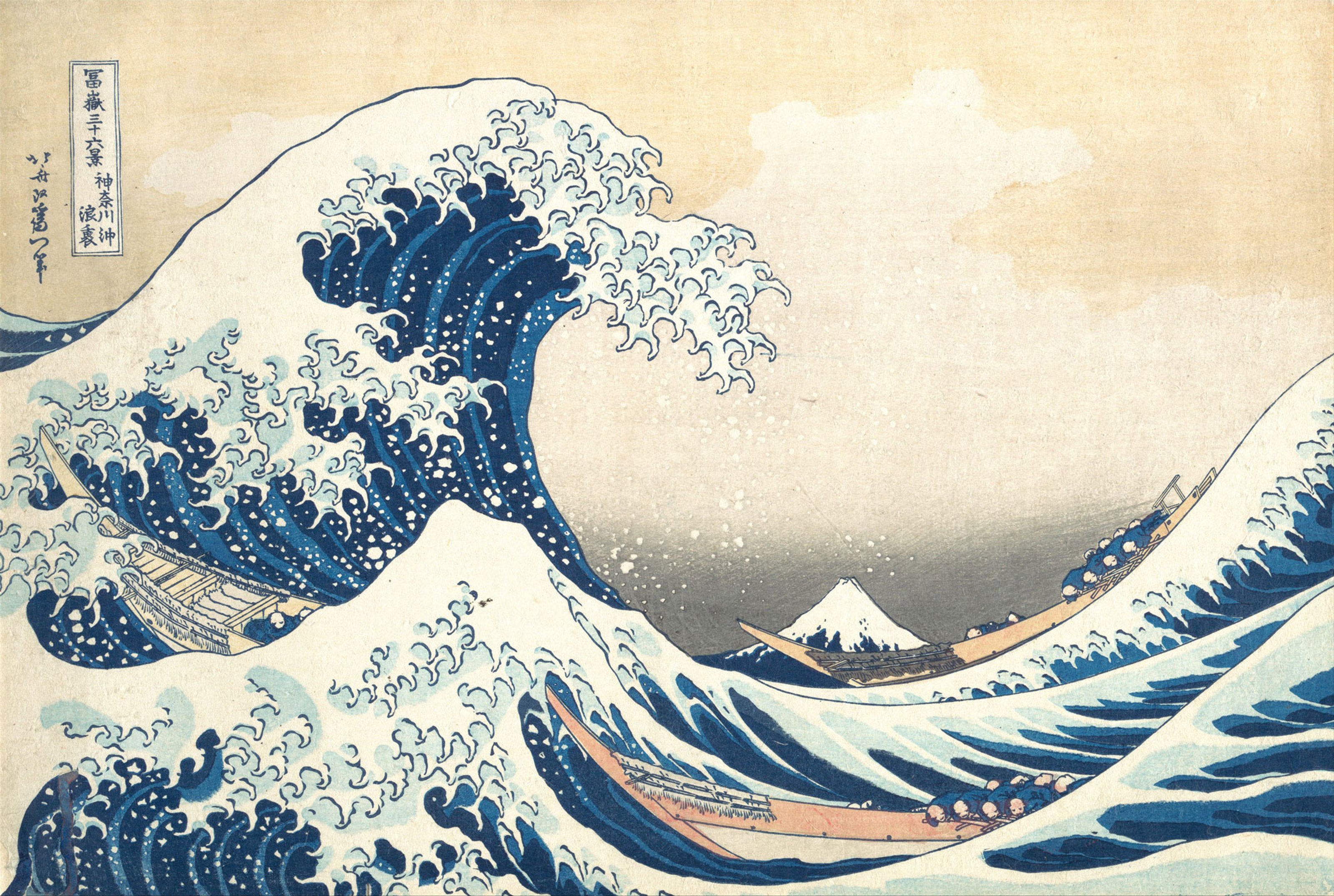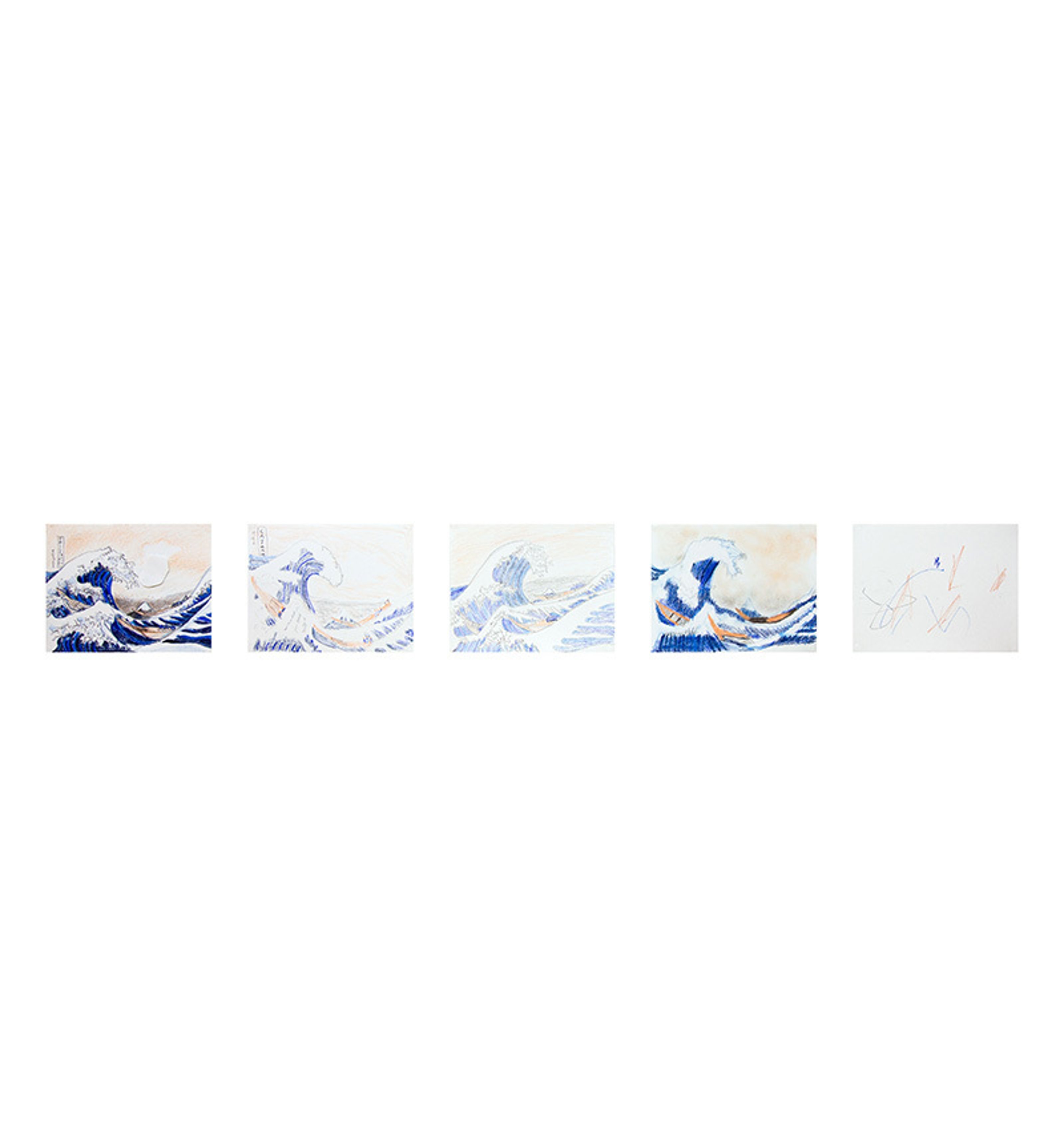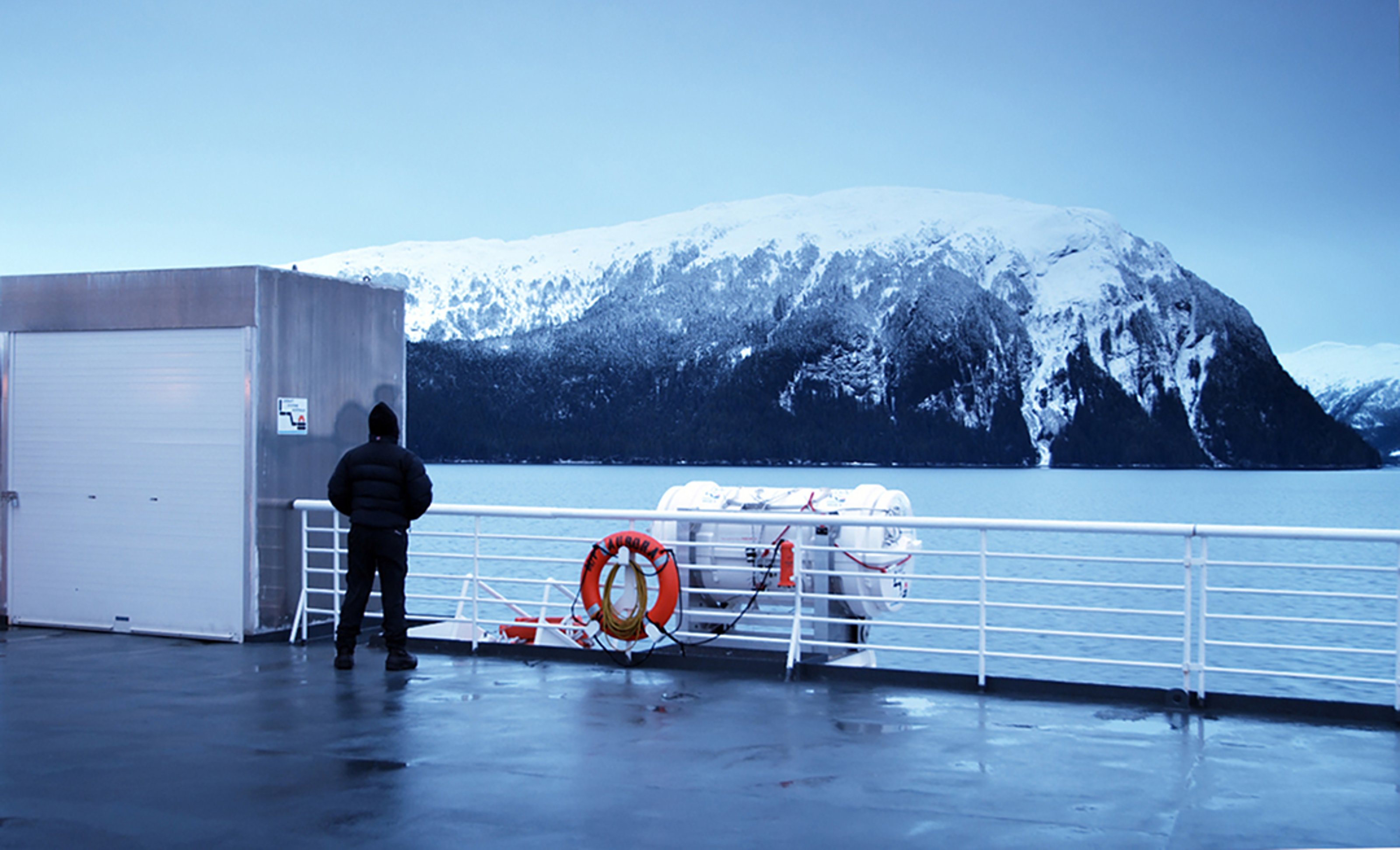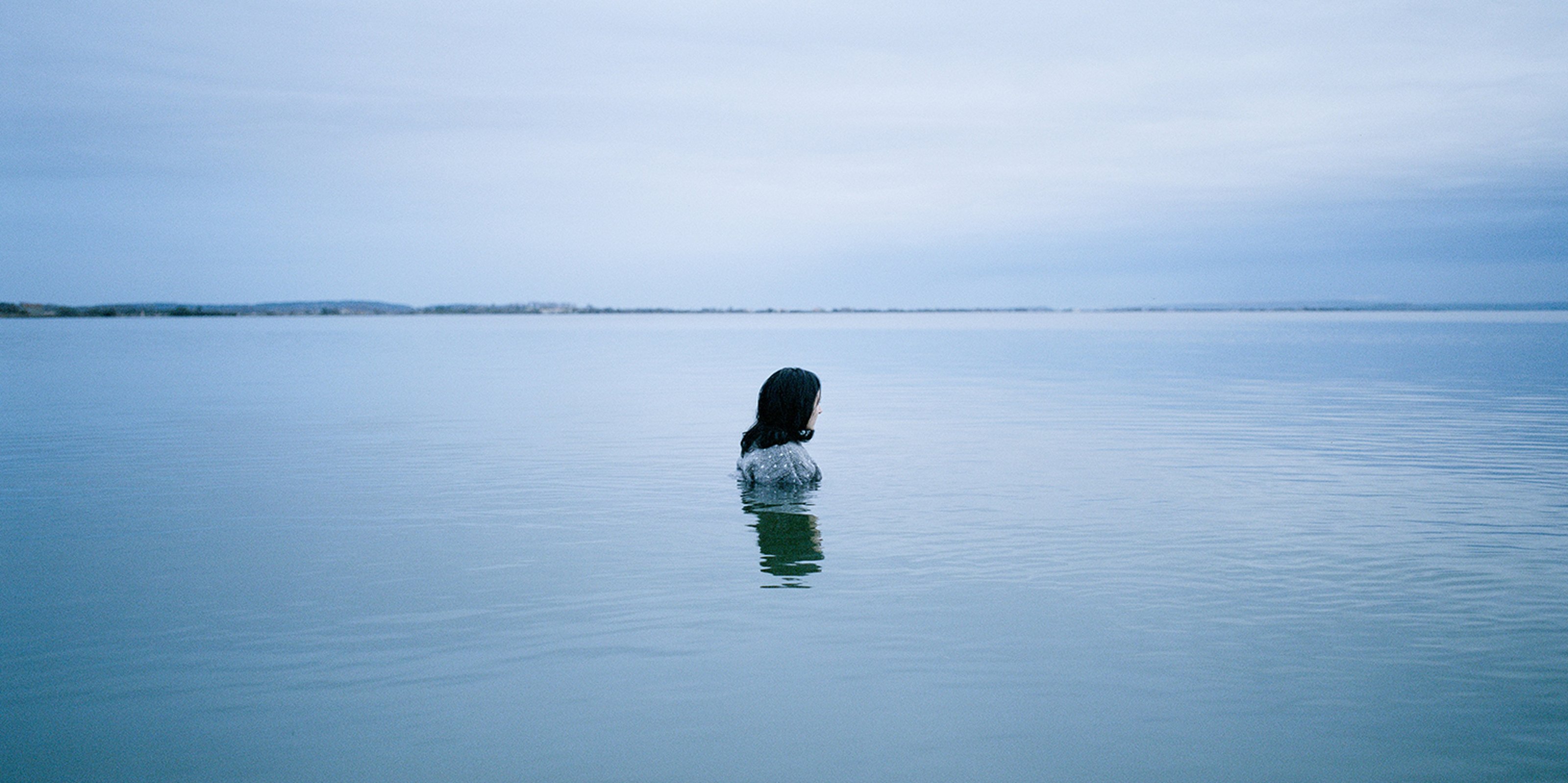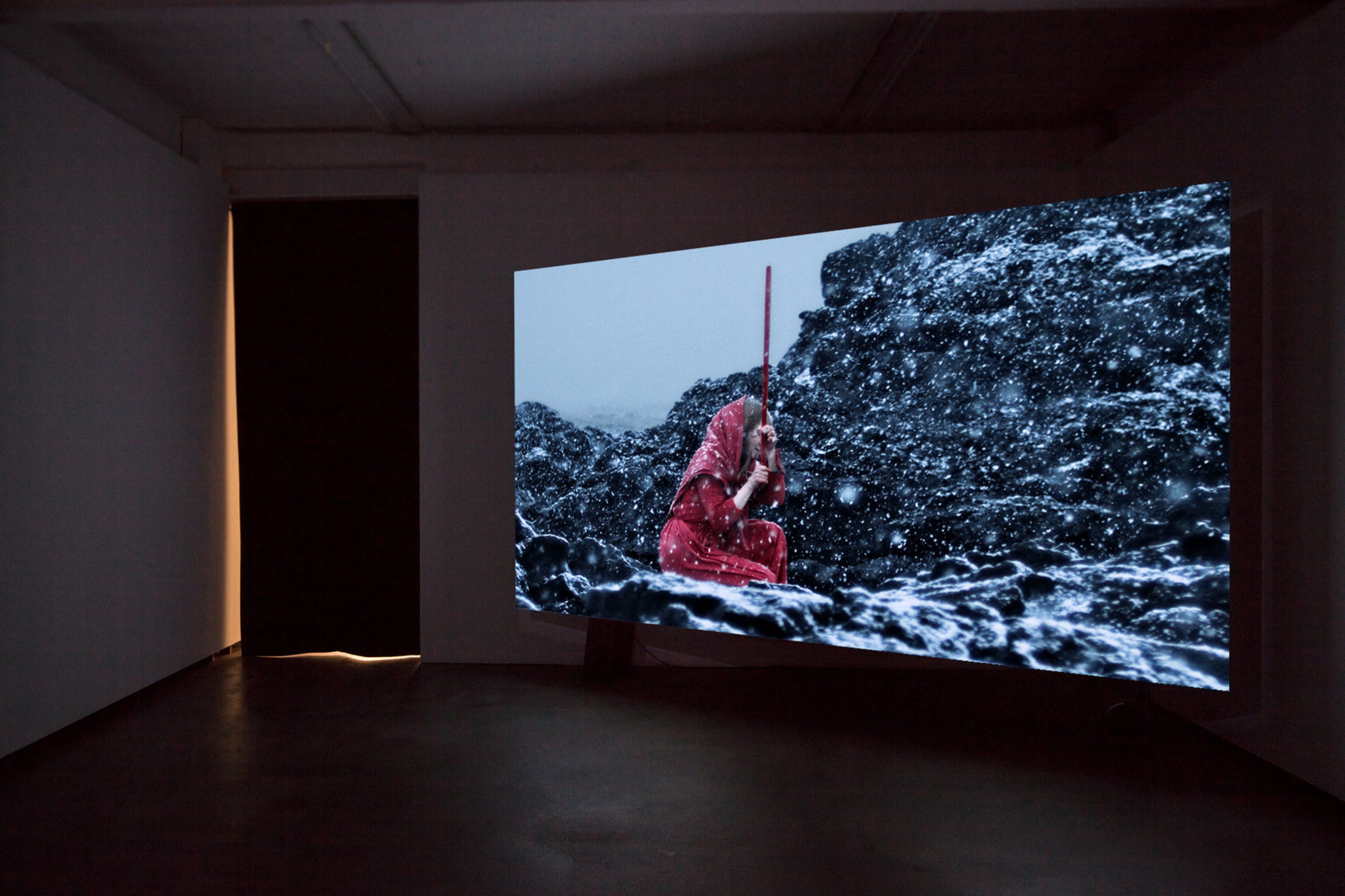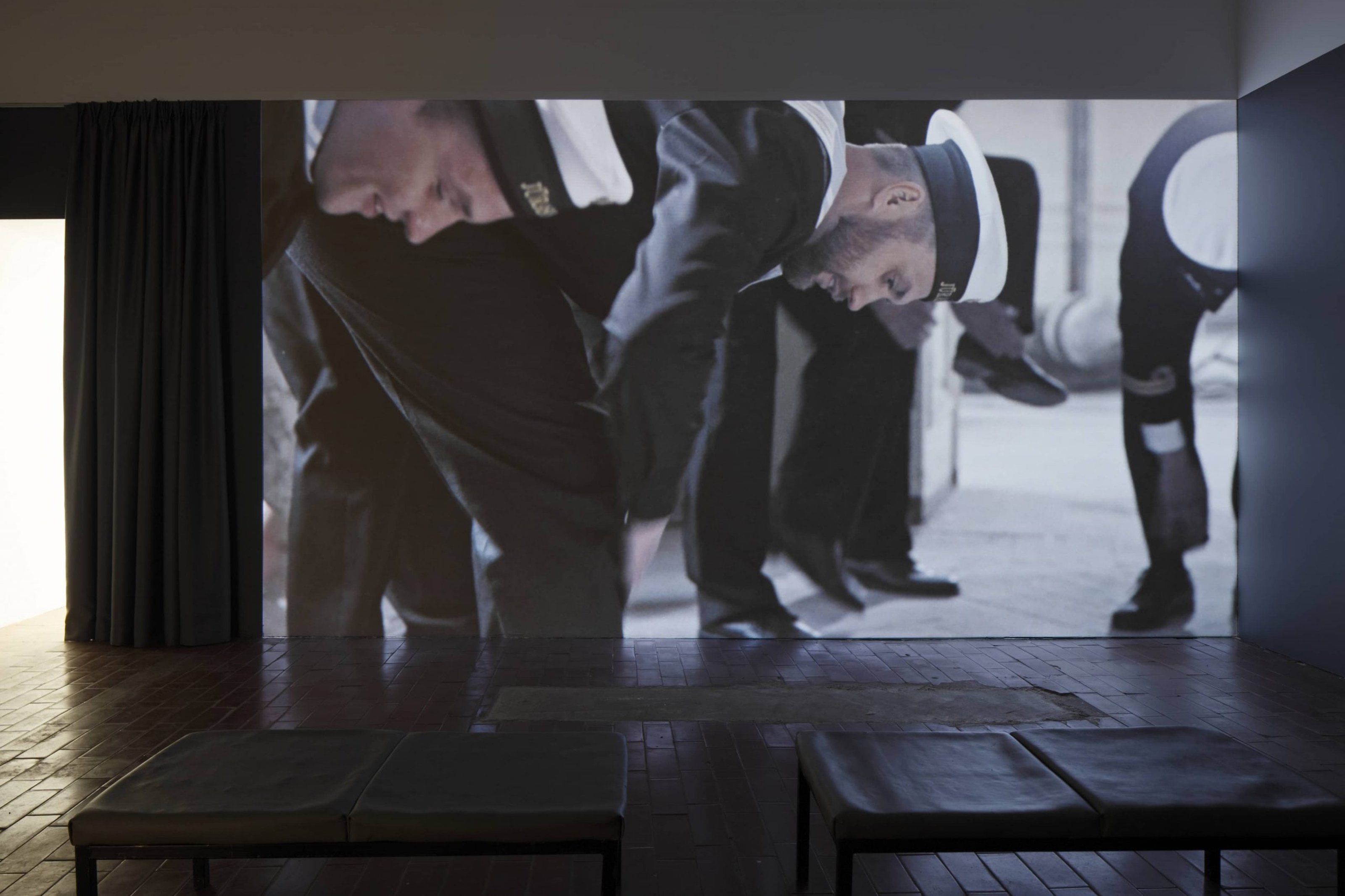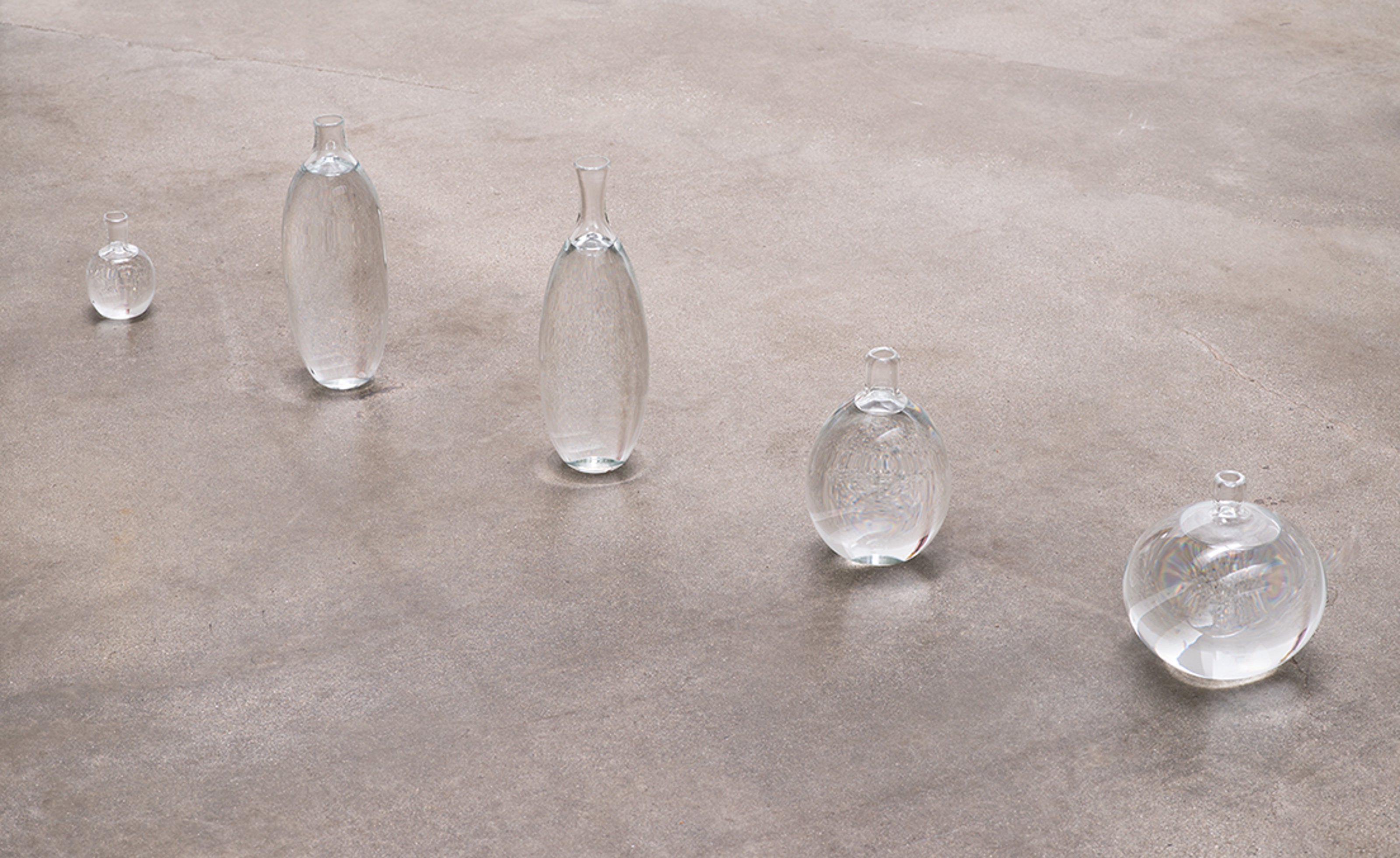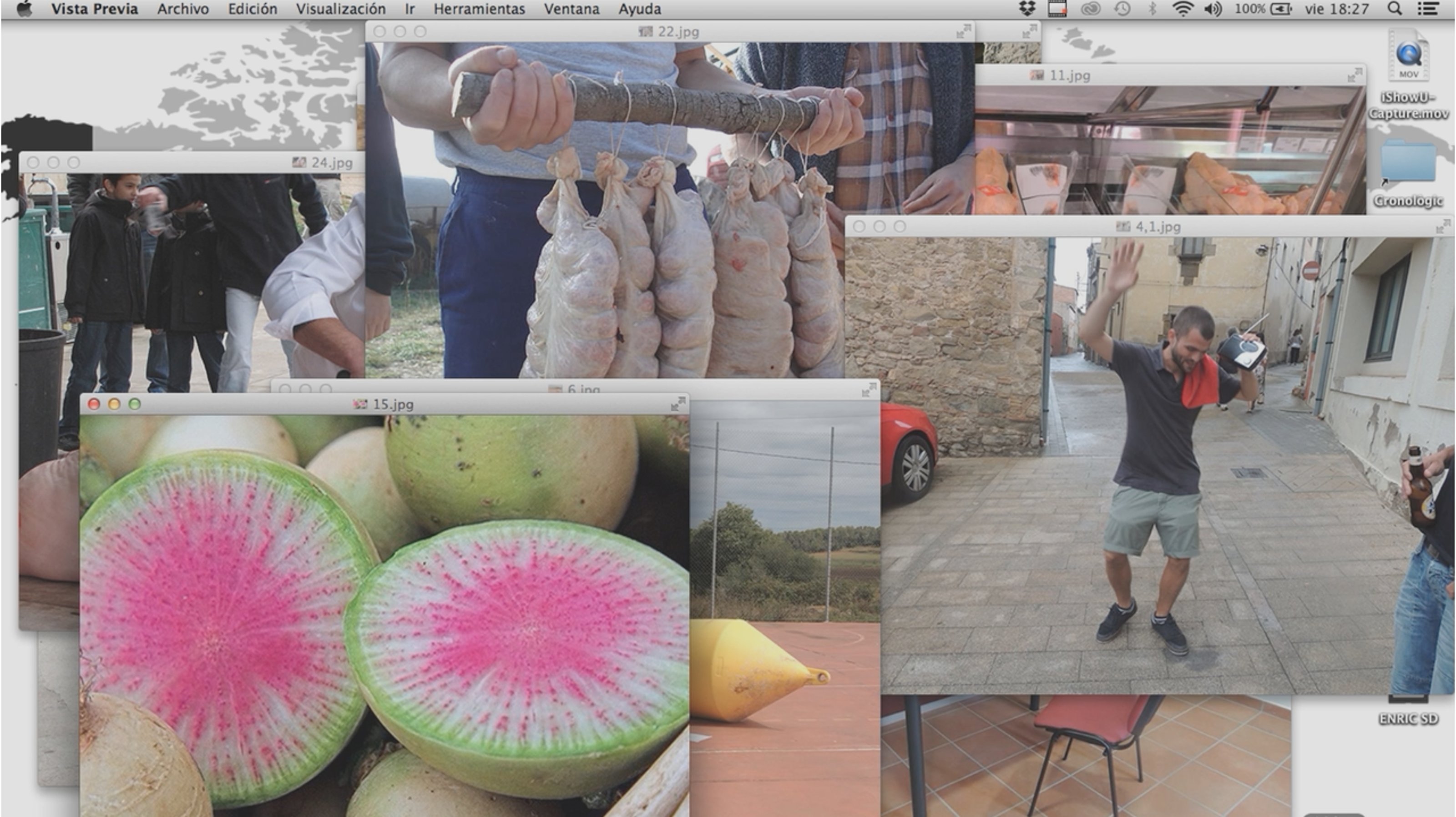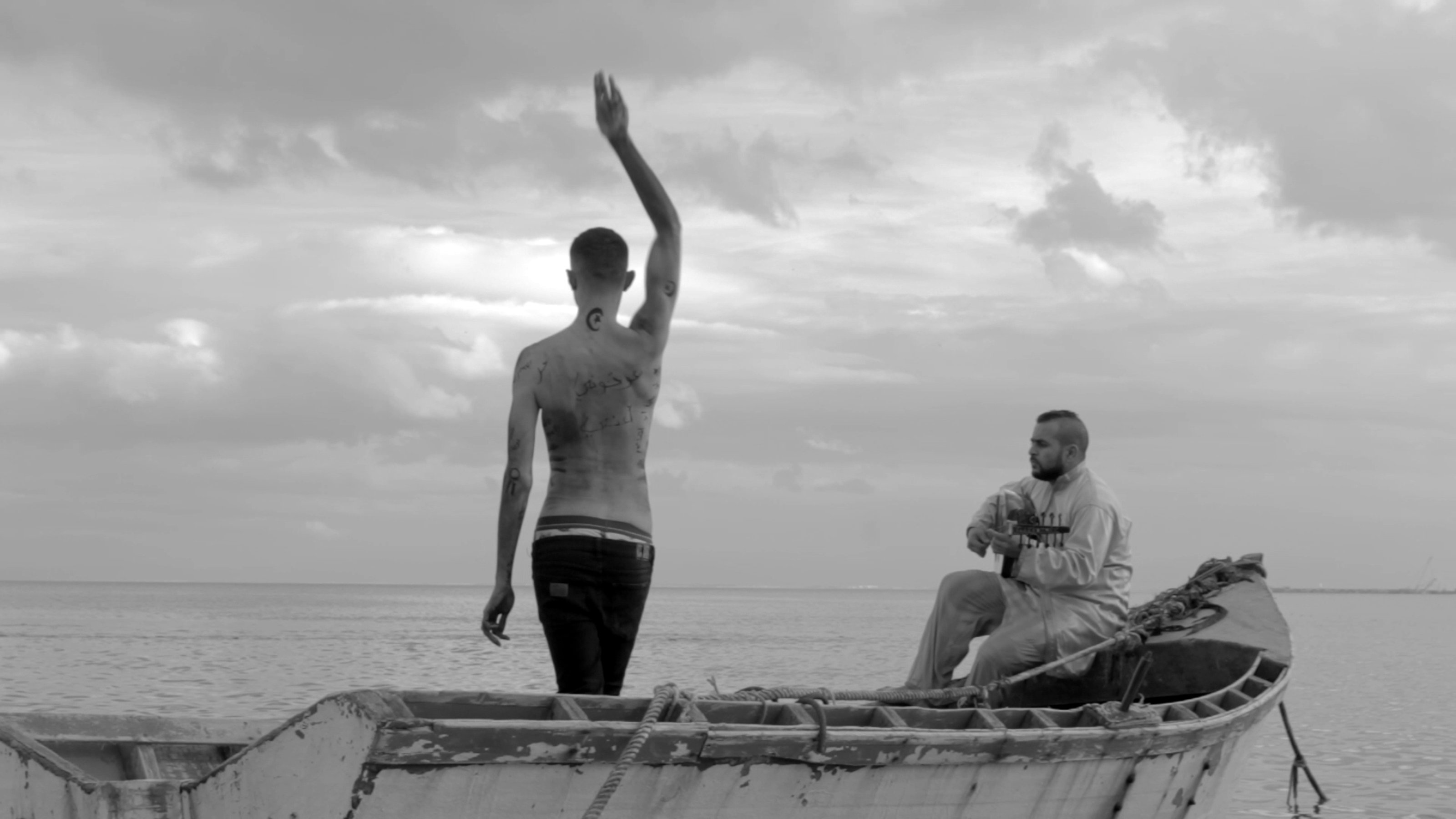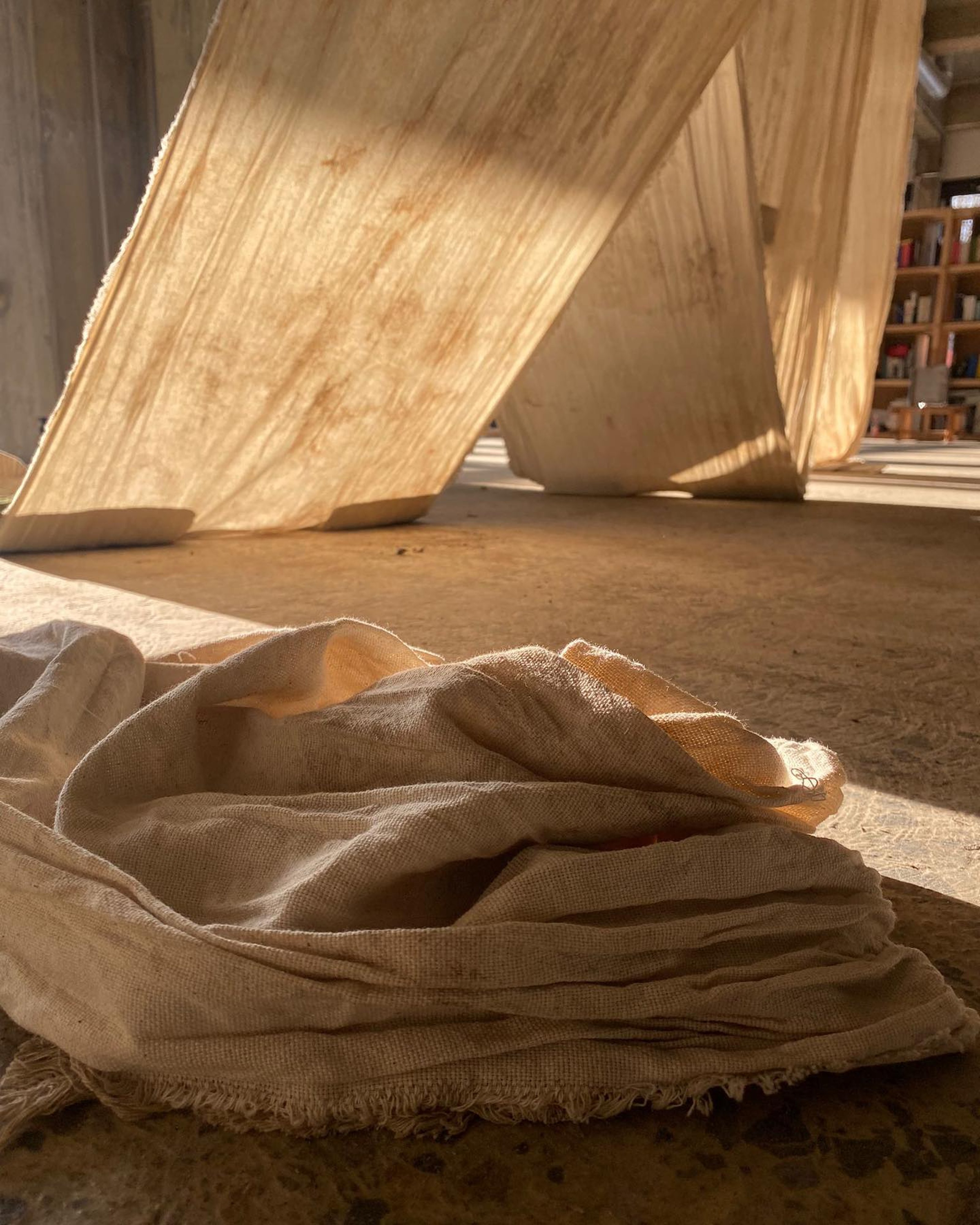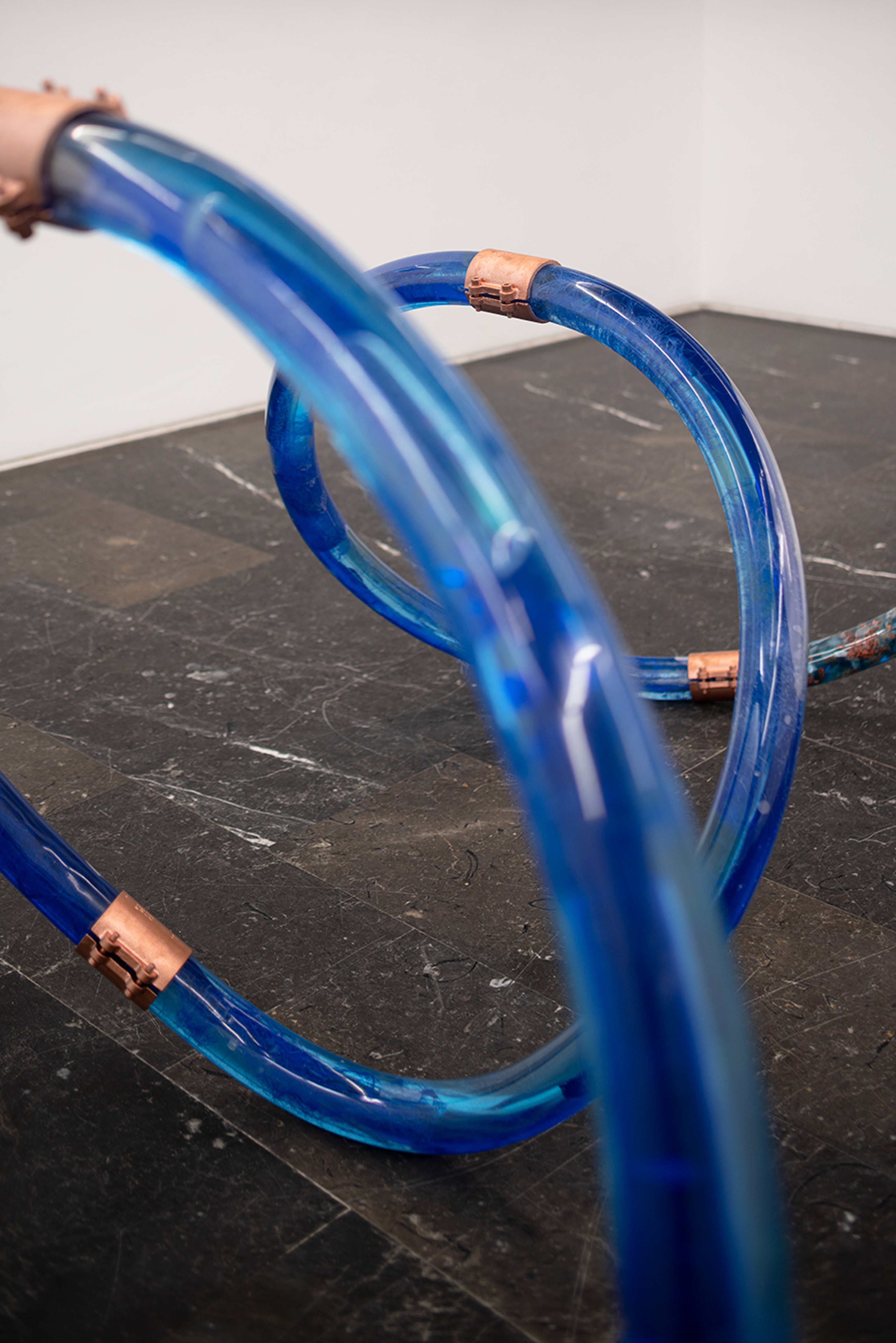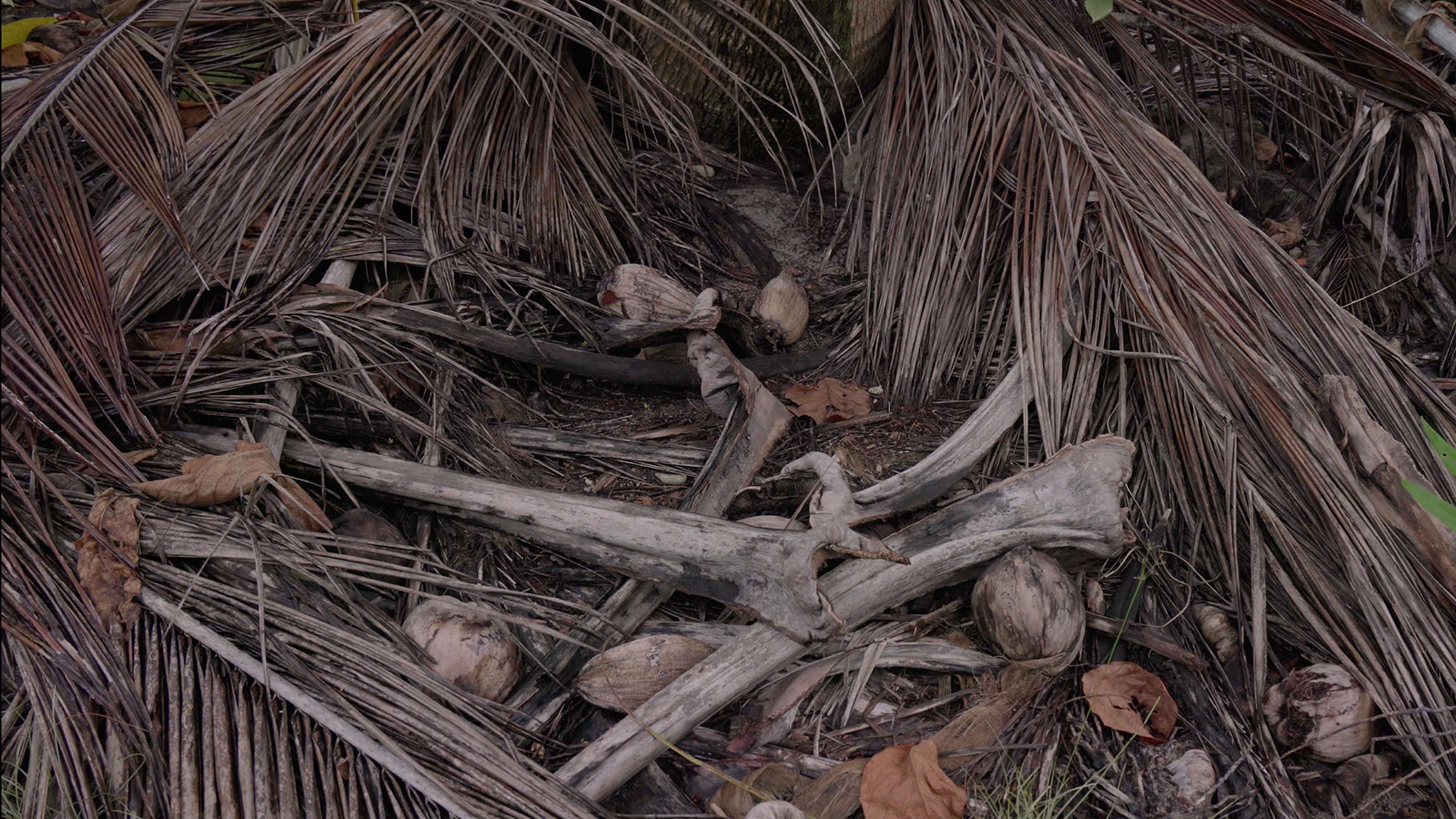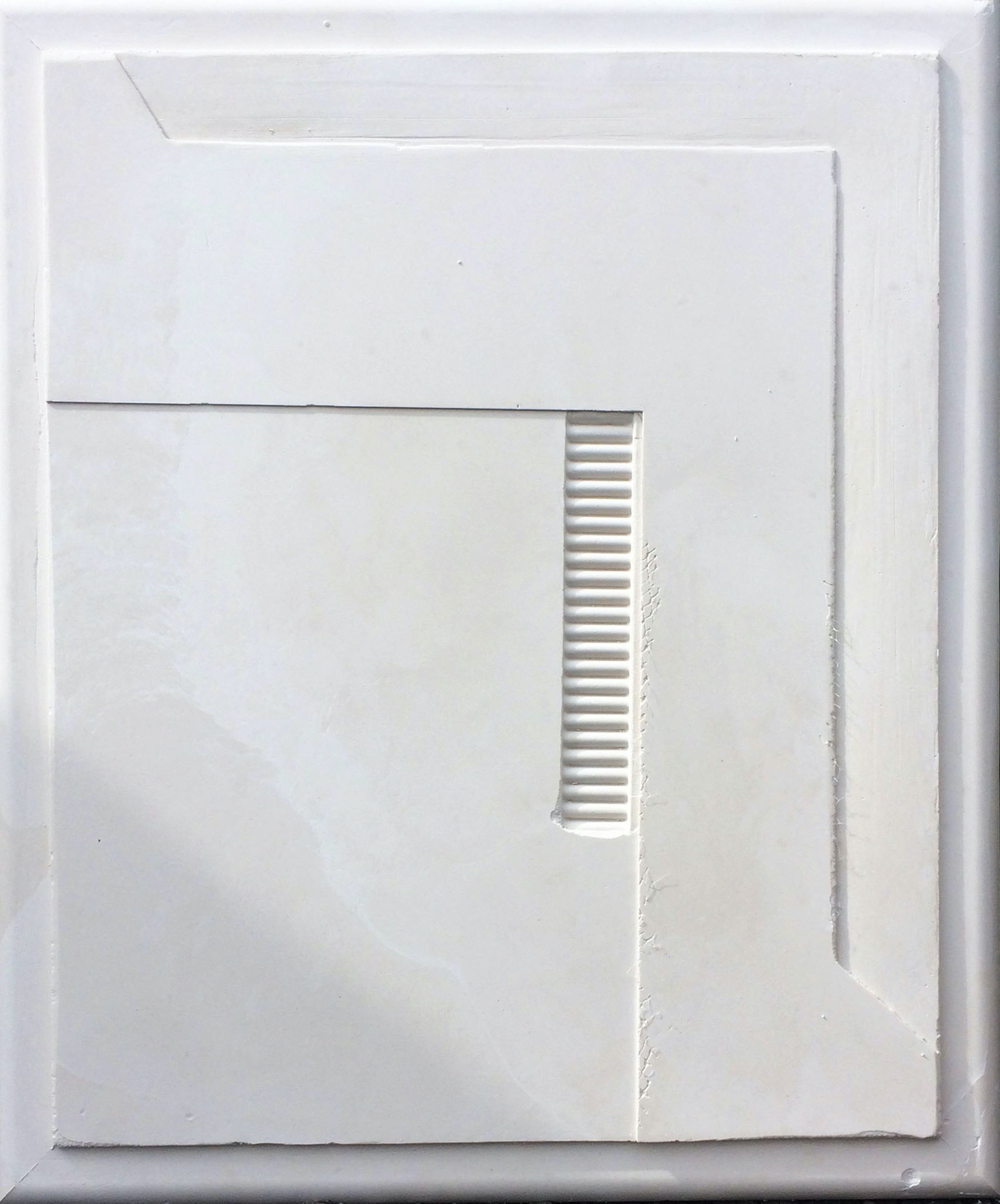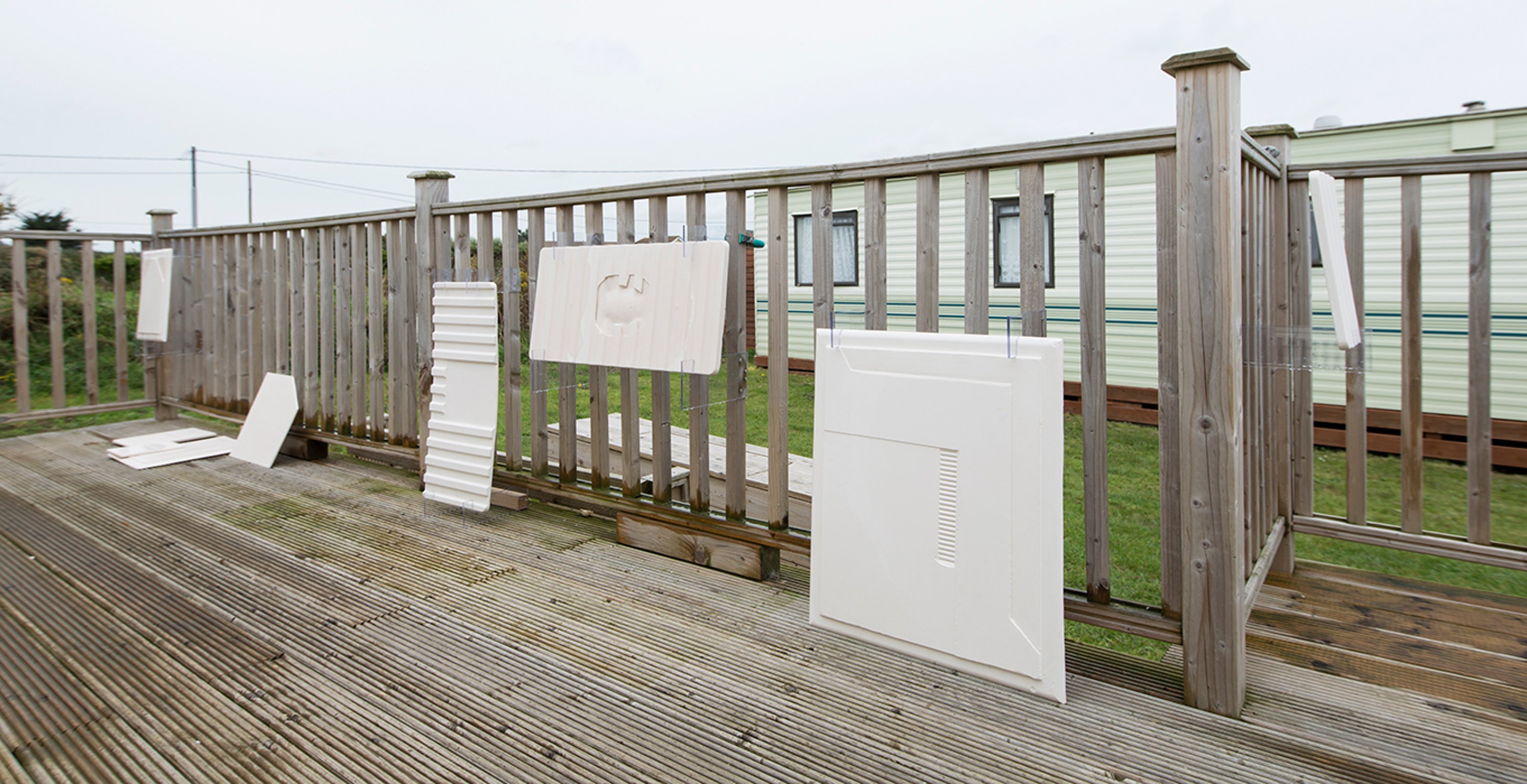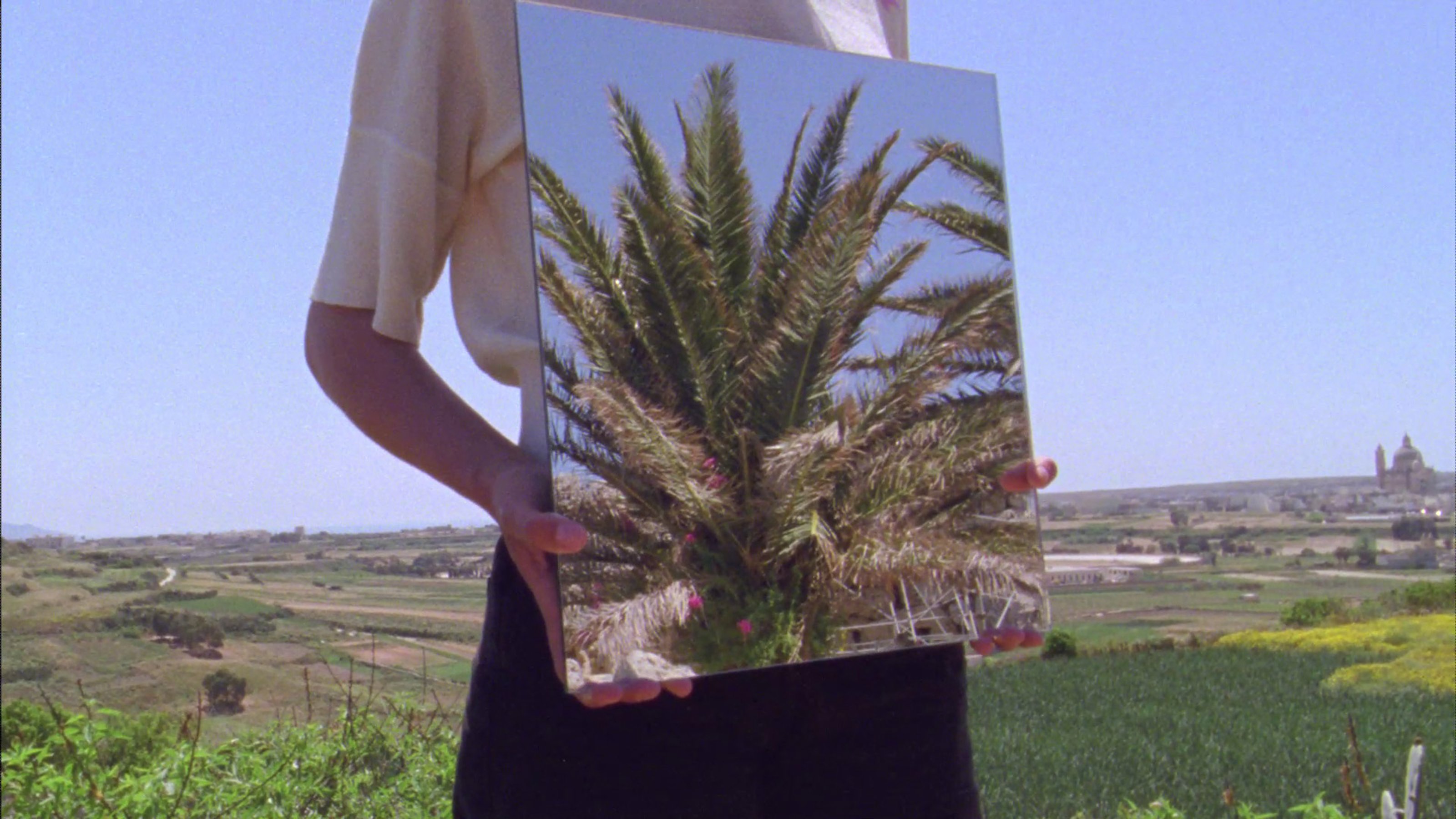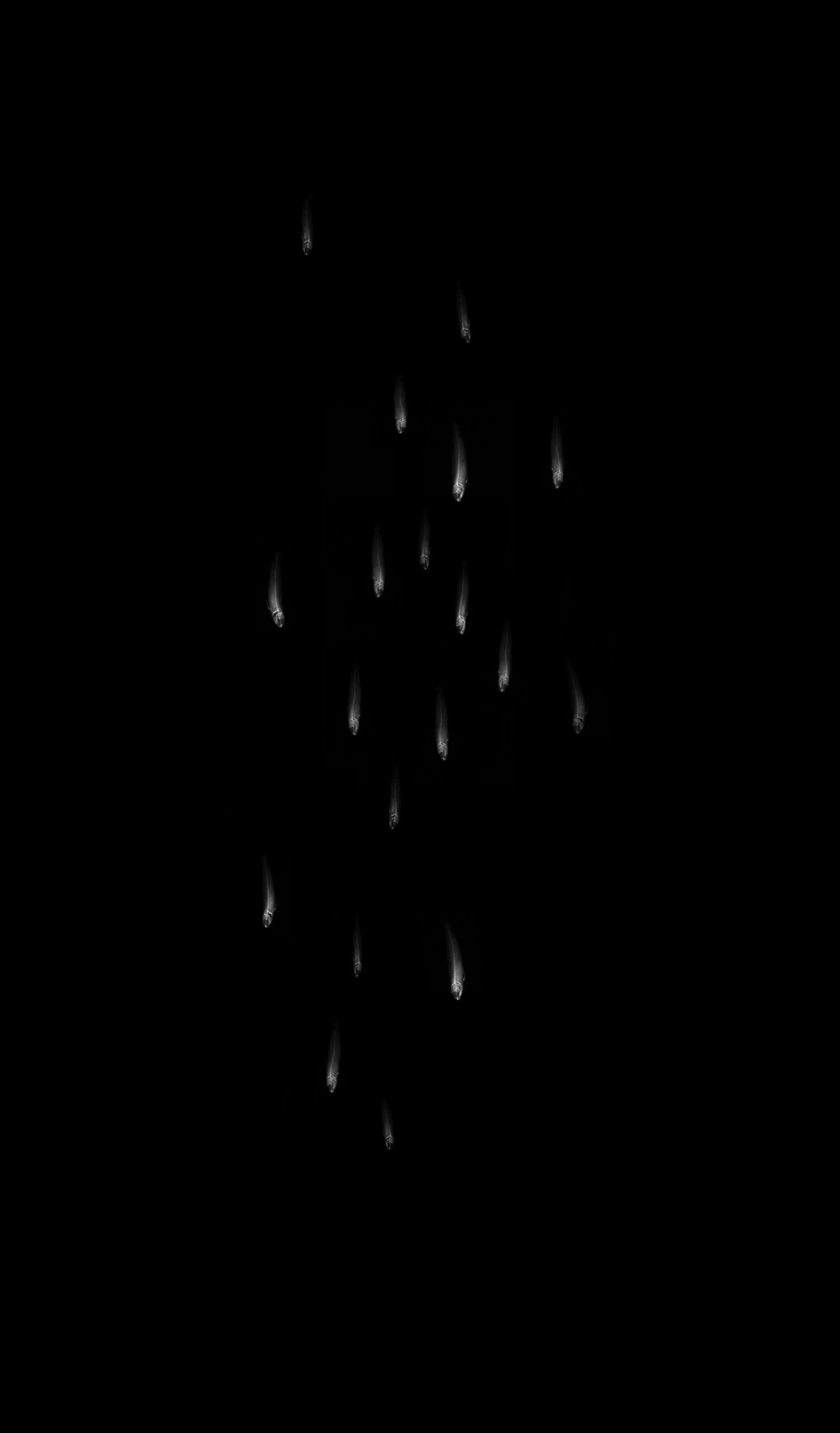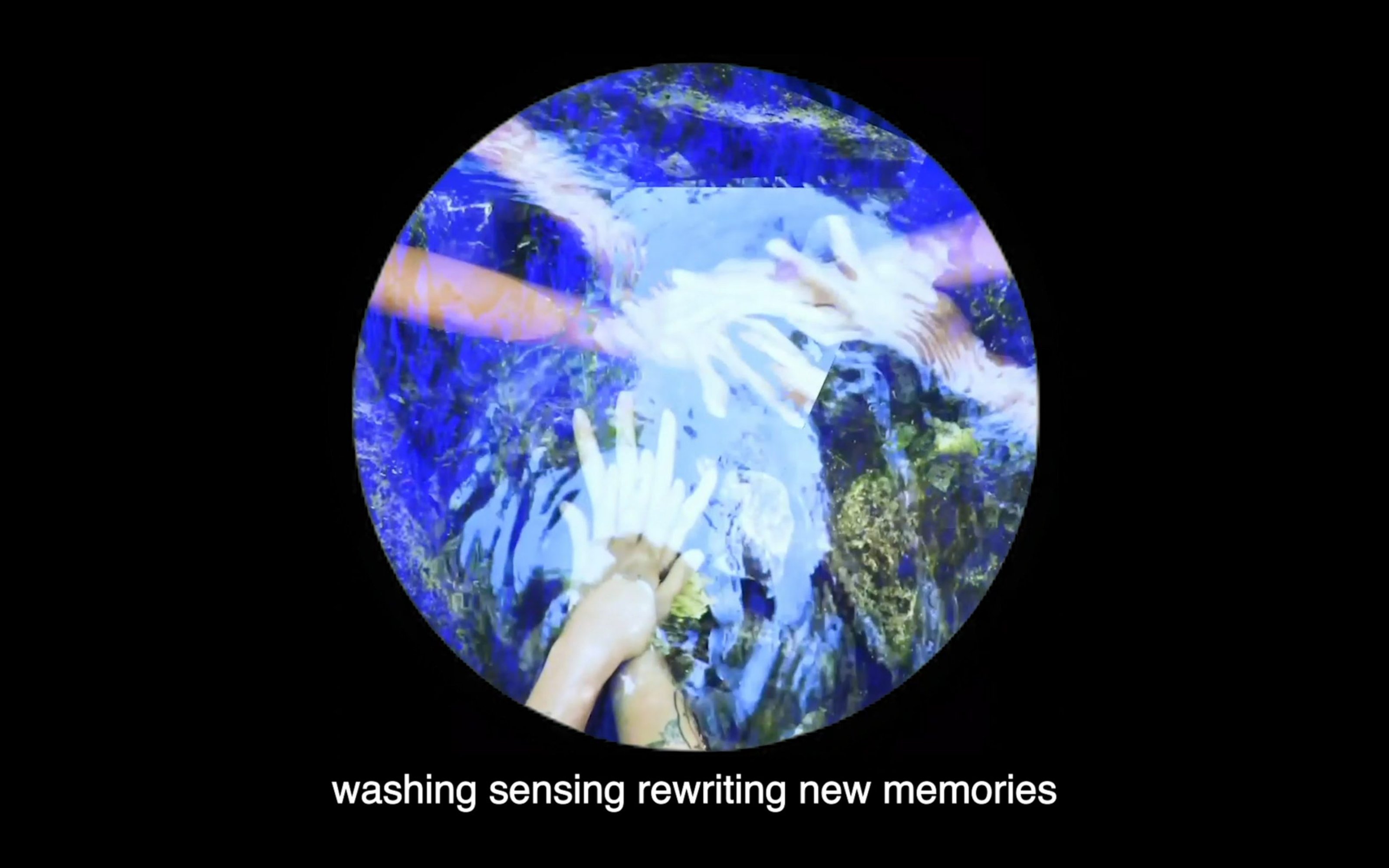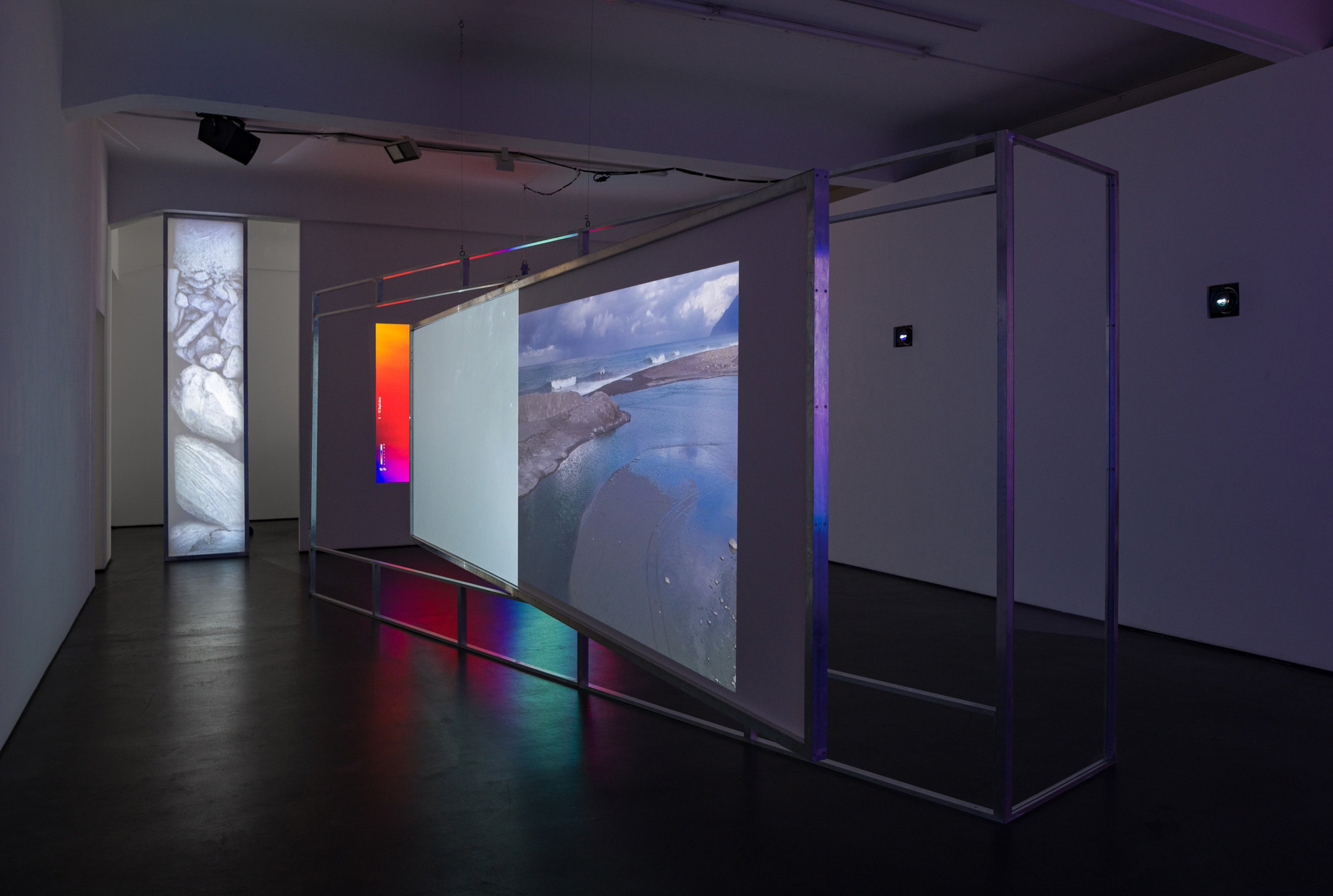Mounir Gouri references the Algerian youth who dream of migration in Naufrage from the desperation of precarious conditions in his country accompanied by the uncertain possibilities of finding better conditions in another place. Philosopher Denise Ferreira Da Silva and filmmaker Arjuna Neuman accomplish an impactful conjunction between these two disciplines through a voyage in immeasurable deep time whose wisdom produces new connections and interpretations to reconfigure our connection with the world. Images, footage, and sound create context and space in 4Waters/Deep Implicancy that speak of displacement, colonialism, and ecological destruction that converge in historic synchronicity. Western thinking has made hierarchical systems the model for a system of ethics informed by concepts of value. Worth has always fascinated this culture of thought, and has sought to elevate it as a principle to compare all things in existence. This is where all the fractures of this world emerge which make it resemble an inferno. This ethical model cannot hold much longer, and the authors propose a new world whose reemergence needs to return to primordial state or what Ferreira Da Silva calls “deep implicancy.” This was a state-of-being where neither measurements of time nor comparisons of any sort existed. Air, water, earth, and fire are the chapters through which the Mediterranean and the Pacific, Atlantic, and Indian oceans incarnate narrations that speak of the transformation of water in relation to these elemental forces. From there to the Caribbean, where these invoke a transformation in the Haitian Revolution – triggered by an earthquake in 1748 of which little information exists today – beyond its historic traces this event takes on cosmic proportions, it bursts forth in a time without measurement and in a liquid atemporality. There is a supernatural power which modern thinking has amputated from us, in which there is no space for vertical hierarchies nor for domination among humans and more-than-humans. Lost memories reside in the glowing entrails of the earth, which, from time to time, erupts with fragments of this telluric archive. We are urged to forge new connections and relations in which difference is inseparable, for all living, non-living, organic, inorganic, human, and all that exceeds it. Without the burden of Western temporal measurements, we can free ourselves of its ethics and embrace the echoes of primordial states that will allow for an imperative transformation.



